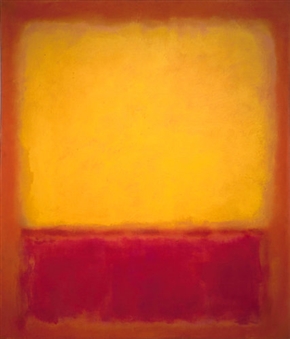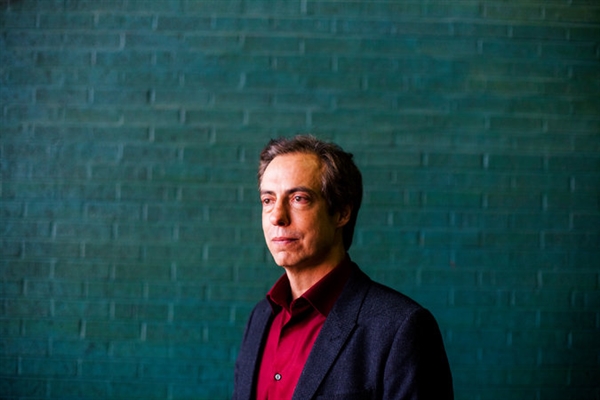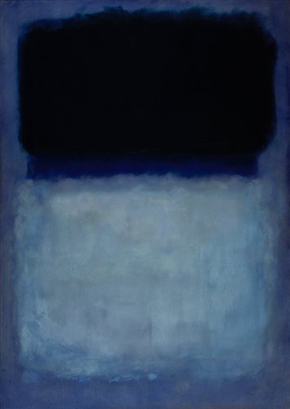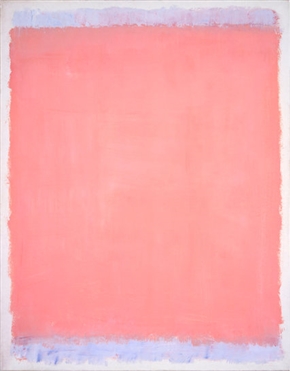Christopher Rothko doesn’t look much like his father, the painter Mark Rothko, who took his own life when his son was 6. The father was rotund and jowly, with a high bald pate and a world-weary demeanor (at least in the best-known portraits.) The son, now 52, is lean and reedy, with a head of just-graying hair and a ready smile.
Dr. Prizel and Mr. Rothko, who lives on the Upper West Side with his wife and their three children, commune closely in their respective homes with a rotating selection of their father’s work. Much of it will eventually be given to institutions, and it includes many of Rothko’s lesser-known figurative paintings, made during the 20-year span before he became a fully abstract painter. The sky-high prices now being paid by ultra-wealthy collectors, Mr. Rothko said, are on one hand a validation of the importance of Rothko’s work. But they are also causing private owners of prime works to grow less willing to lend to public exhibitions, and inflating insurance and shipping costs for institutions.
But in an email describing himself before a recent meeting at a Times Square restaurant, Rothko the son said he would be easy to spot because “I usually look like I could use a nap (or two).” And when he arrived, his pillowy, encircled eyes indeed conveyed sleeplessness, along with a striking resemblance to his father’s eyes, which the poet Stanley Kunitz once described as “liquid with patriarchal affection and solicitude.”




